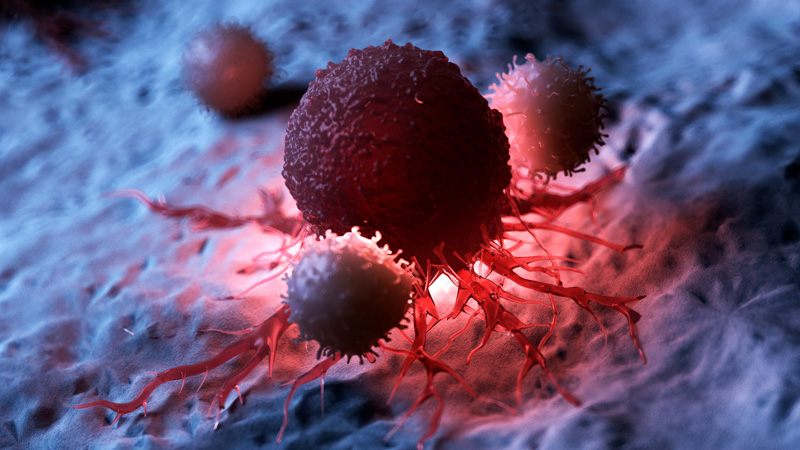mRNAs encoding tumour specific antigens
- NDesigned for stability, optimal expression and CD8/CD4 activation in DC
- NCompatible with range of payloads
- NImmunogenicity shown in phase I setting

Translation of the proteins encoded by the mRNAs occurs in vivo, which enables the expression of intracellular, transmembrane as well as secreted proteins. This flexibility allows the mRNA cell-free production system to be applied to any novel immune-regulating or antigen-encoding mRNA, which allows fast-development timelines for next-generation products. Ultimately, we could also include neo-antigens by omics analysis of the patient’s tumour biopsies. mRNA of these personalised antigens can then be loaded in a validated mRNA vaccine technology platform to save lives of terminal stage cancer patients for which any other therapy failed.
Years of research went into optimizing the mRNA format and finding the optimal ratios between the different mRNAs. Different mRNA capping formats, nucleoside types and antigen/TriMix ratios were evaluated side-by-side and the most optimal RNA composition was selected. The HPV16 E6 and E7 mRNA constructs encode the full-length E6 and E7 proteins. They are engineered to include targeting sequences aiming for the expression of the sig-E6-DC-LAMP and sig-E7-DC-LAMP fusion proteins enabling for instance optimal presentation of the encoded antigenic epitopes in human leukocyte antigen (HLA) molecules. This allows optimal activation of both CD4+ T helper cells and CD8+ CTLs, the ultimate ‘soldiers’ of the immune system, with the capacity to kill cancer cells and/or infected cells.
